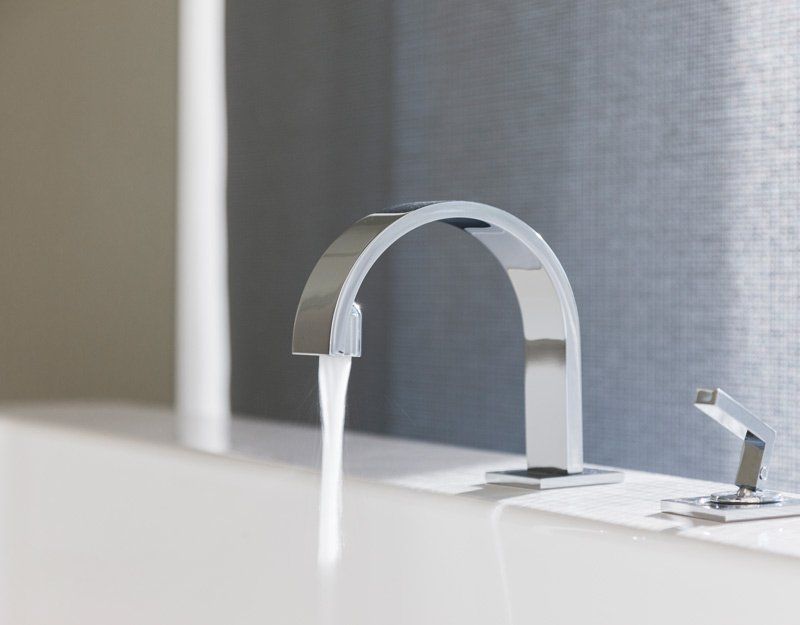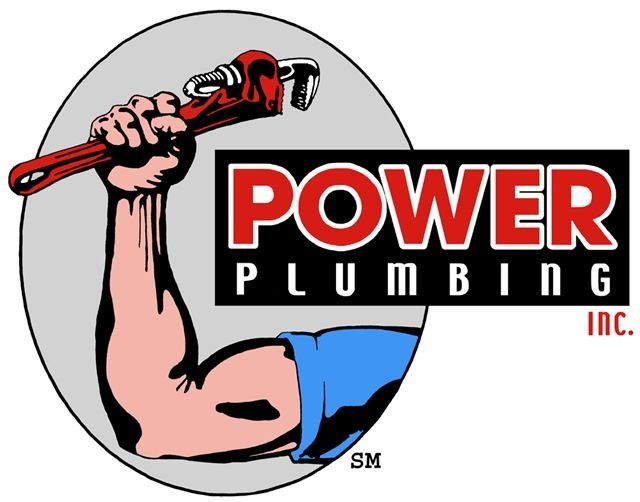6 Ways to Save Water in the Bathroom
- By Admin
- •
- 24 Aug, 2017

Reducing your home's water usage can save you money and reduce your home's carbon footprint. If you're interested in reducing the amount of water that your home uses in the bathroom, these 6 easy tips can help.
Turn Off the Sink When Brushing Your Teeth
Leaving the water running while you're brushing your teeth can waste up to 200 gallons per month! To save water and make your tooth brushing habit more eco-friendly, turn off the water while the toothbrush is in your mouth.
Install a New Water Aerator
Most sinks already have water aerators, but old aerators are less efficient and less effective at saving water. New aerators can save up to 40% compared with old aerators. Since new aerators cost between $1 and $5, that's a great way to save a lot of money and reduce your water usage!
Install a Low-Flow Shower Head
Low-flow shower heads use only 2 gallons per minute, which means that a 5 minute shower will use only 10 gallons of water. Compared to a standard shower head, which may use up to 20 gallons of water in 5 minutes, this makes a huge difference. Depending on how much time you spend showering, you could save hundreds of gallons of water per year by simply installing a new low-flow shower head!
A shower head is a simple thing to replace. To do this, simply turn off the water in the shower and unscrew the old shower head. Wrap the threaded end of the shower arm with plumber's tape, then install the new shower head by screwing it into place. To test the seal, turn on the water in the shower and tighten the shower head as necessary.
Install a Low-Flow Toilet
Old toilets can be highly inefficient and may use as much as 7 gallons of water with each flush. If you have a very old toilet in your house, replacing it with a new low-flow toilet can help you save as much as 5.4 gallons every time you flush.
Of course, many homeowners don't know how much water their toilet uses. The amount of water per flush is often printed on the toilet inside the tank. Older toilets that were manufactured before 1992 are likely to use between 3.5 to 7 gallons per flush.
Of course, many homeowners don't know how much water their toilet uses. The amount of water per flush is often printed on the toilet inside the tank. Older toilets that were manufactured before 1992 are likely to use between 3.5 to 7 gallons per flush.
If you're not sure how old your toilet is and you can't find the tank capacity on the toilet, contact a reputable plumber in your area. He or she can help you decide if your toilet is inefficient and needs to be replaced. If your toilet does need to be replaced, your plumber can take care of that as well.
Identify and Fix Toilet Leaks
The simplest method to test for a toilet leak is to put several drops of food dye into the tank and wait around 10 or 15 minutes. If the water in the bowl turns the color of the food dye, this means that your toilet has a leak.
Fixing a toilet leak can take some trial and error. Start by cleaning the algae from the flapper in the bottom of the toilet tank. If this doesn't work, replacing the flapper may work if the old flapper has begun to deteriorate.
If replacing the old flapper doesn't work, try replacing the entire toilet tank assembly. These parts are all available for sale in home improvement centers and come with step-by-step instructions for installation.
Catch Water From the Shower
Letting the shower run while you're waiting for the water to heat up can waste gallons of water. To avoid this waste, put a bucket under the shower head to catch the water. Use this water for your house plants, or use it to clean your home.
Contact Your Local Plumber
If you're having trouble with bathroom fixes that would save water, like replacing a shower head or fixing the parts of a toilet tank, your local plumber can help.





